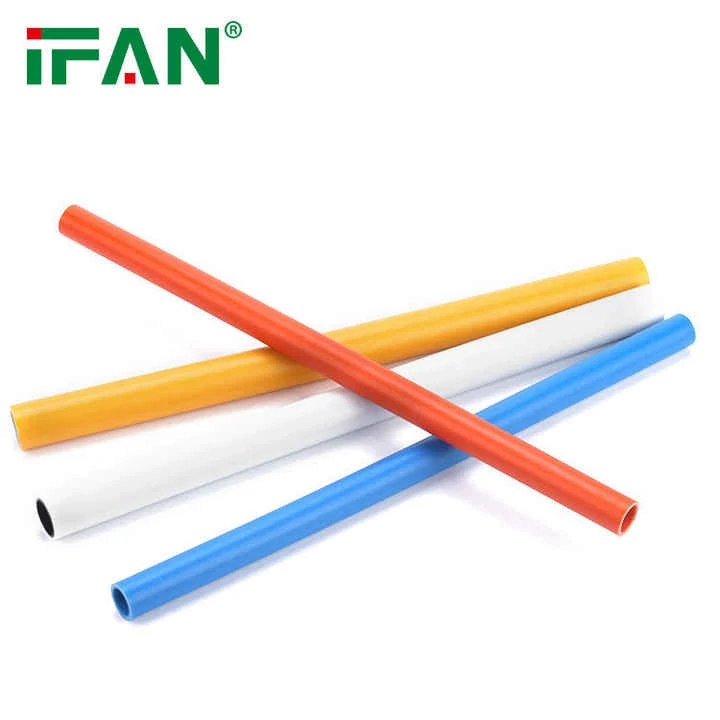Introduction to PEX Al PEX Pipe Cutting
PEX Al PEX Pipe is widely used in plumbing and radiant heating systems.
It consists of layers: PEX plastic, aluminum, and more PEX.
This design gives it strength, flexibility, and low thermal expansion.
Cutting this multilayer pipe requires careful handling and the right tools.
A proper cut ensures clean edges and leak-free connections.
Incorrect cutting can lead to deformed ends or poor fittings.
This guide outlines tools, steps, and precautions for cutting PEX Al PEX Pipe.
Follow these guidelines for safe, efficient pipe installation or repairs.
Tools Required for Cutting
You need the right tools to cut PEX Al PEX Pipe correctly.
A PEX pipe cutter is the most common tool used.
These cutters resemble scissors with sharp, curved blades.
Alternatively, a rotary pipe cutter can also be used.
Avoid using hacksaws or kitchen scissors; they damage the pipe layers.
Ensure the tool is sharp and clean for smooth cuts.
A deburring tool helps remove internal burrs after cutting.
Always wear gloves and safety glasses during the process.
Preparing the Pipe for Cutting
Before cutting, measure the exact length of pipe needed.
Use a permanent marker to make a clear cutting mark.
Ensure the PEX Al PEX Pipe is clean and straight.
Dirt or debris can affect the quality of the cut.
Place the pipe on a stable surface to avoid slips.
Align the cutting tool with the marked line precisely.
Keep your hands steady to avoid uneven cuts.
Good preparation results in better-fitting connections and a smoother job.
Step-by-Step Cutting Procedure
Step 1: Grip the pipe cutter firmly with both hands.
Step 2: Position the blade on the marked line.
Step 3: Apply steady pressure and squeeze the handles.
Step 4: Rotate the cutter slightly if using a rotary tool.
Step 5: Complete the cut with one smooth motion.
Avoid twisting or jerking during the process.
The result should be a clean, square-cut edge.
Repeat the process for all necessary PEX Al PEX Pipe segments.

Checking the Cut Surface
Inspect the cut end of the pipe carefully.
It should be flat, round, and free of burrs.
A damaged or crushed edge can lead to leaks.
Use a deburring tool to smooth internal or external roughness.
Ensure the pipe’s internal aluminum layer is not bent.
The pipe must stay round to fit compression or press fittings.
A visual check helps avoid future installation issues.
High-quality cuts enhance the reliability of the plumbing system.
Example: Cutting for a Compression Fitting
Let’s say you’re installing a compression fitting in a heating system.
You first measure the pipe run for accuracy.
After marking the PEX Al PEX Pipe, use a rotary cutter.
Complete the cut and inspect the pipe’s roundness.
Deburr the edge to ensure it fits the compression sleeve.
Slide on the nut, then the compression ring.
Insert the pipe into the fitting and tighten it securely.
This process only works well if the cut is perfect.
Safety and Handling Tips
Always work in a clean, organized space to avoid accidents.
Sharp tools can cause injury if handled carelessly.
Keep your hands away from the cutter’s blade.
Dispose of pipe scraps properly to prevent tripping hazards.
Store your pipe cutter and deburring tool in a safe location.
Wear gloves to protect from sharp aluminum edges.
If the pipe is frozen or brittle, warm it before cutting.
Never force a tool through a pipe; it should cut smoothly.
Conclusion and Best Practices
Cutting PEX Al PEX Pipe is easy with the right approach.
Use proper tools, steady hands, and precise measurements.
Clean, straight cuts lead to strong, leak-proof connections.
Practice on scrap pipe before working on your final project.
Maintain your tools for consistent cutting performance.
Inspect each cut end before proceeding to installation.
PEX Al PEX Pipe is durable, but good cutting practices extend its lifespan.
Accurate preparation ensures a reliable plumbing or heating system every time.

